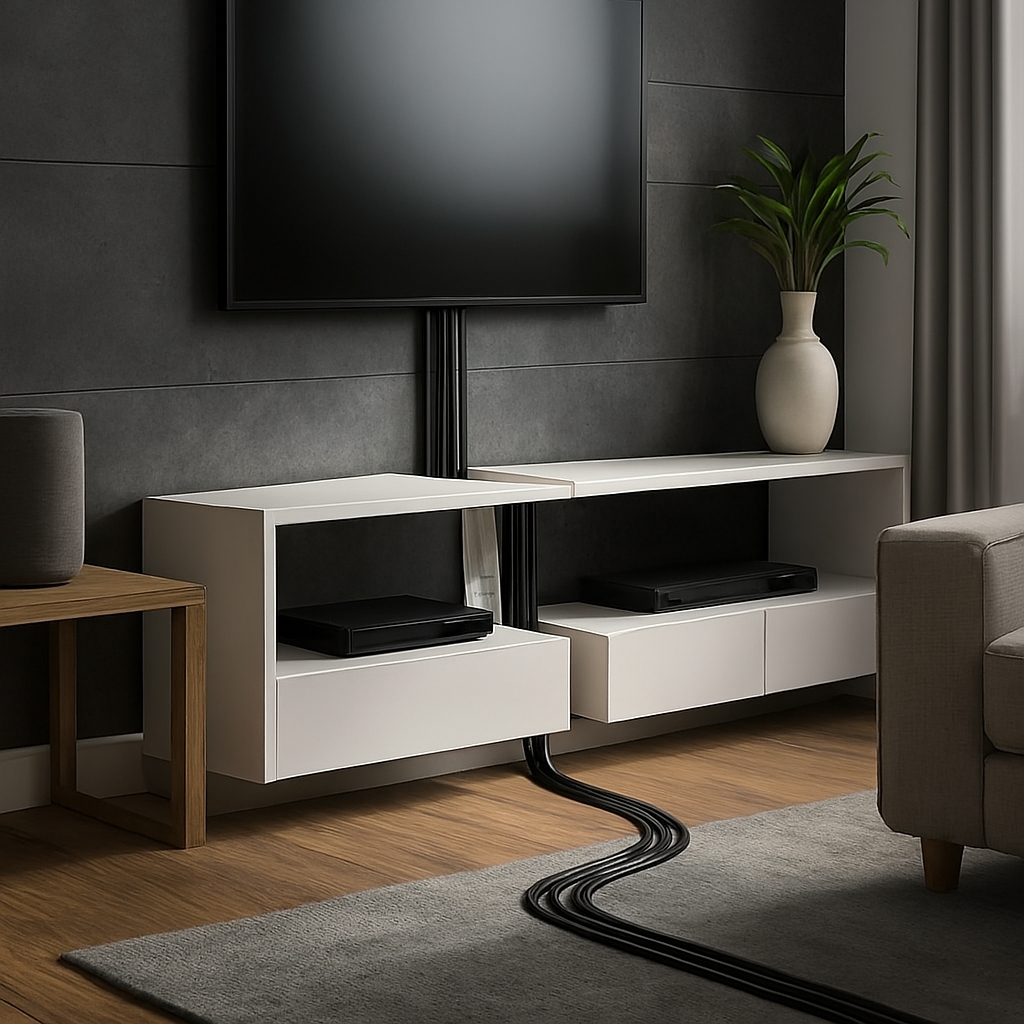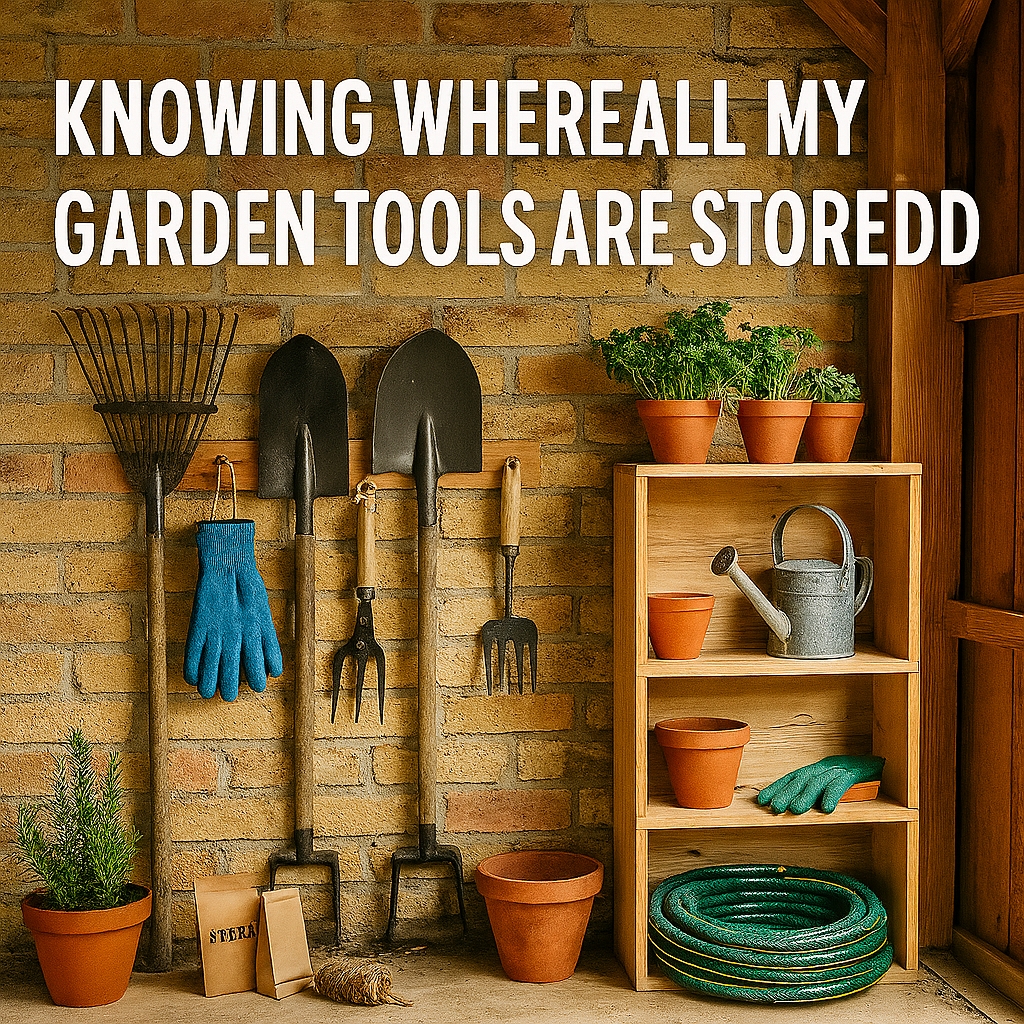Garden Design Connection
Where Personal Spaces Meet Ecological Vision
Daphne’s Corner is a garden and home design site rooted in personal experimentation, creative adaptation, and ecological awareness. It’s a space where domestic landscapes—backyards, balconies, ponds, and patios—become testing grounds for ideas that support biodiversity, water health, and resilient design. While this site stands independently as a resource for home-scale inspiration, it also plays a vital role in a larger environmental initiative: the EcoReef Project.
Here, design is not just decorative—it’s functional, symbolic, and deeply personal. Every garden bed, water feature, or seasonal planting is an opportunity to explore how small-scale choices can echo larger ecological goals. Daphne’s Corner documents these experiments with clarity and care, offering readers a transparent view into what works, what evolves, and what connects back to broader restoration efforts.
What Daphne’s Corner Is And How It Will Evolve
Daphne’s Corner is a personal design site focused on the intersection of domestic creativity and ecological care. It’s a space where gardens, water features, and seasonal layouts are explored not just for beauty, but for their potential to support biodiversity, water health, and modular experimentation. The site documents real-world tests, visual themes, and planting strategies—all grounded in a transparent, reflective process. It’s not a commercial blog or a static portfolio. It’s a living archive of design ideas shaped by curiosity, feedback, and ecological purpose.
As the EcoReef Project grows, Daphne’s Corner will evolve alongside it. New experiments will be added seasonally. Older layouts will be revisited and refined. Visual themes will shift to reflect broader restoration goals. The site will expand to include more detailed documentation—tables, diagrams, planting maps, and symbolic design breakdowns. It may also host collaborative experiments, inviting others to test reef-inspired ideas in their own gardens and share results. Over time, Daphne’s Corner will become a decentralized design lab—one that supports the EcoReef mission while remaining rooted in personal, domestic scale.
Designing Small To Learn Big
At Daphne’s Corner, every design choice—no matter how small—is treated as a meaningful experiment. A single pond layout, a new planting pattern, or a shift in seasonal timing can reveal insights about water flow, habitat support, and material behavior. These micro-scale tests are not just decorative—they’re diagnostic. They help us understand how modular systems behave under real conditions, and how those lessons might scale up to larger restoration efforts.
This approach values iteration over perfection. A garden bed might be reshaped three times in a season. A clay form might crack, then be remade with a new mix. These changes are not failures—they’re part of the process. By documenting each step, Daphne’s Corner builds a transparent record of what’s been tried, what’s been learned, and what might be useful beyond the garden gate.
This site is a reminder that ecological design doesn’t always begin in the field—it often starts at home. In a backyard. On a balcony. In a corner of the world where someone is paying attention, asking questions, and trying something new.
How Daphne’s Corner Connects To The EcoReef Project
Daphne’s Corner is one of several interconnected sites that form the EcoReef ecosystem—a modular network of design, testing, and community learning focused on restoring aquatic environments. While the main project site builds and deploys physical reef structures in waterways, Daphne’s Corner explores how those same principles can be adapted for domestic use.
This connection is not symbolic—it’s practical. Garden ponds become microhabitats. Clay forms tested in creeks are reshaped for decorative water features. Seasonal planting strategies inform biodiversity planning. Every experiment here feeds back into the EcoReef archive, helping refine designs and expand their relevance.
What You’ll Find On This Site
- Garden Design Ideas: Layouts, materials, and seasonal strategies for biodiversity and beauty
- Water Feature Experiments: Small-scale pond and flow designs inspired by EcoReef testing
- Personal Reflections: Transparent documentation of what’s tried, what’s learned, and what’s shared
- Modular Adaptations: How reef principles translate into home-scale structures
- Creative Symbolism: Visual and thematic elements that reinforce ecological storytelling
Why This Matters
By linking personal design with ecological purpose, Daphne’s Corner helps bridge the gap between individual creativity and collective restoration. It shows that meaningful change doesn’t require large budgets or institutional backing—it starts with curiosity, care, and a willingness to experiment. This site is a living archive of that process, offering readers both inspiration and insight.
Connected Sites In The EcoReef Network
| Site | Role |
|---|---|
| ecoreefproject.co | Main build site for modular reef structures |
| ecoreef.co | Editorial archive and learning platform |
| ecoreefproject.org | Organizational planning and governance |
| YouTube Channel | Visual documentation and community engagement |
| Facebook Page | Coming Soon For DaphnesCorner.com EcoReef Project FaceBook Page |
| ecoreef.blogspot.com | Legacy archive of early project development |
Each site operates independently but shares a common goal: restoring ecosystems through modular design, transparent documentation, and community collaboration.
Growing Toward A Community Of Designers And Experimenters
Daphne’s Corner is more than a personal design site—it’s the beginning of a shared space for ecological creativity. While the current focus is on documenting individual experiments in garden design and water feature adaptation, the long-term vision is to build a community of contributors, collaborators, and curious minds. This future community will include gardeners, designers, educators, and anyone interested in exploring how domestic spaces can support ecological resilience.
The goal is not to create a centralized platform, but a decentralized network of people who share ideas, test designs, and document their results. Each garden becomes a node in a larger system. Each experiment adds to a growing archive. Over time, this community will help refine EcoReef principles, adapt them to new environments, and expand their relevance across scales—from backyard ponds to public waterways.
Daphne’s Corner will evolve to support this growth. New features may include contributor profiles, shared experiment logs, seasonal challenges, and collaborative design prompts. The site will remain transparent and modular, allowing each participant to shape their own space while contributing to a collective story. This is not just about building gardens—it’s about building relationships, trust, and shared ecological knowledge.
Seasonal Rhythm As A Design Principle
At Daphne’s Corner, seasonal change isn’t just a backdrop—it’s a design tool. Each shift in temperature, light, and rainfall offers new opportunities to test layout resilience, plant behavior, and water flow dynamics. By observing how garden elements respond to seasonal pressure, we learn which materials endure, which species adapt, and which designs need revision. This rhythm shapes the site’s content and its experiments. Spring might bring pond redesigns. Autumn might focus on leaf mulch and soil layering. Winter might test clay forms in colder conditions. These cycles are documented transparently, offering readers a clear view of how design evolves over time.
Seasonal rhythm also connects domestic design to broader ecological patterns. It reminds us that resilience isn’t static—it’s responsive. Daphne’s Corner treats each season as a chapter in an ongoing archive, helping readers understand not just what works, but when and why.
Symbolism And Storytelling In Garden Design
Design at Daphne’s Corner is both functional and symbolic. A spiral path might represent regeneration. A clustered pond layout might echo reef formations. A clay sculpture might reference the modular shapes used in EcoReef builds. These symbolic choices aren’t decorative—they’re intentional. They help reinforce the connection between domestic space and ecological purpose, turning gardens into visual narratives.
This approach invites reflection. Visitors aren’t just looking at plants—they’re reading a story about adaptation, care, and environmental awareness. By blending symbolism with practical design, Daphne’s Corner creates spaces that resonate emotionally and intellectually. It’s not about imposing meaning, but offering layers of interpretation that deepen engagement. Over time, these symbolic elements will evolve, shaped by feedback, seasonal change, and the broader EcoReef mission.
Learning Through Sharing – A Circular Exchange Of Ideas And Insight
Daphne’s Corner began as a personal space for learning—an archive of experiments, reflections, and design trials rooted in curiosity and ecological care. Every garden layout, seasonal planting, and water feature adaptation is part of an ongoing process of discovery. But this site is not just about documenting what I learn—it’s about sharing that knowledge openly, inviting others to respond, and learning from their experiences in return.
This creates a circular exchange. I test ideas in my garden, share the results, and receive feedback or inspiration from others. That feedback shapes the next experiment, which is then shared again. Over time, this loop builds trust, deepens understanding, and expands the relevance of each design. It turns isolated trials into collaborative learning, and personal reflection into collective insight.
Daphne’s Corner is designed to support this cycle. It’s transparent, modular, and open-ended. Visitors can follow along, contribute their own ideas, or adapt what they see to their own spaces. The goal is not to teach from a pedestal, but to learn together—building a living archive of ecological design that grows through shared care and mutual curiosity.
Join The Conversation
Whether you’re a gardener, designer, or curious observer, Daphne’s Corner invites you to explore, adapt, and contribute. Your backyard might be the next testing ground for a new idea. Your feedback might shape the next reef design. This is a space for shared learning, creative exchange, and ecological care—one garden at a time.
#DaphnesCorner #EcoReefDesign #GardenToWaterway #ModularEcology #TransparentGardening #HomeHabitat #LivingArchive #DesignWithPurpose #BackyardRestoration #CreativeEcology





